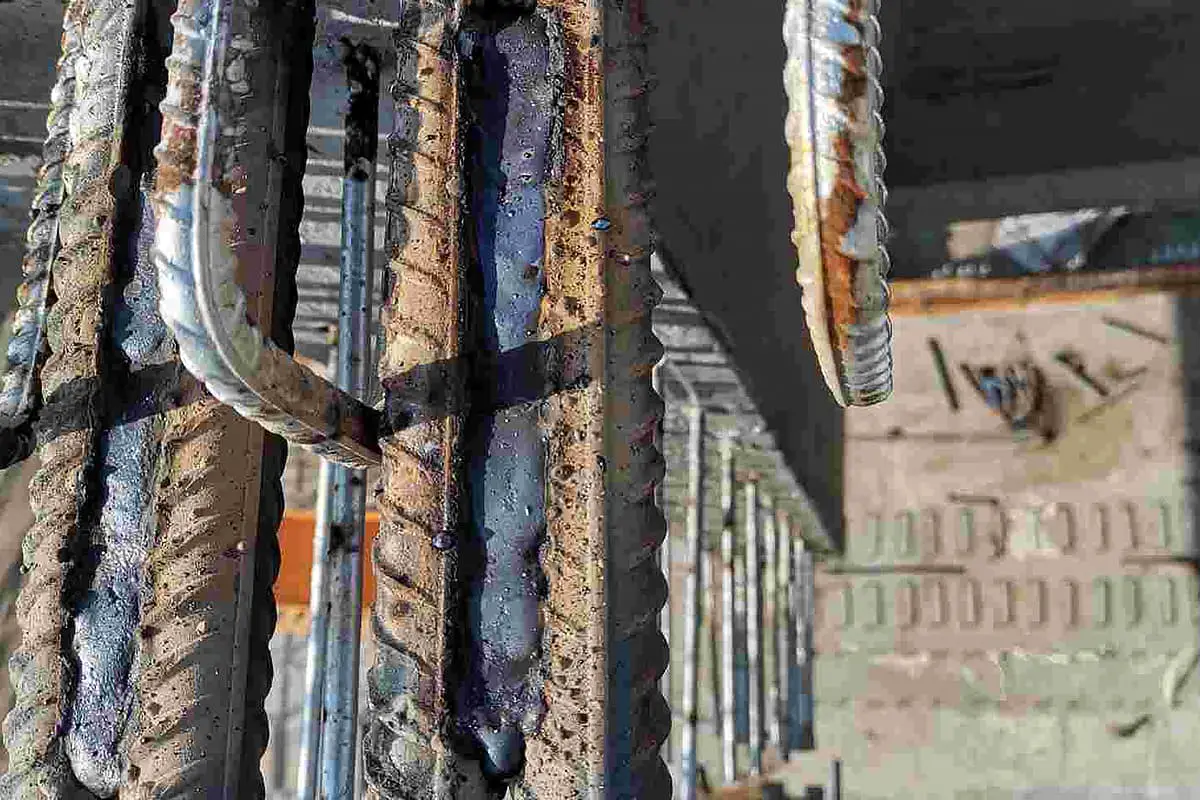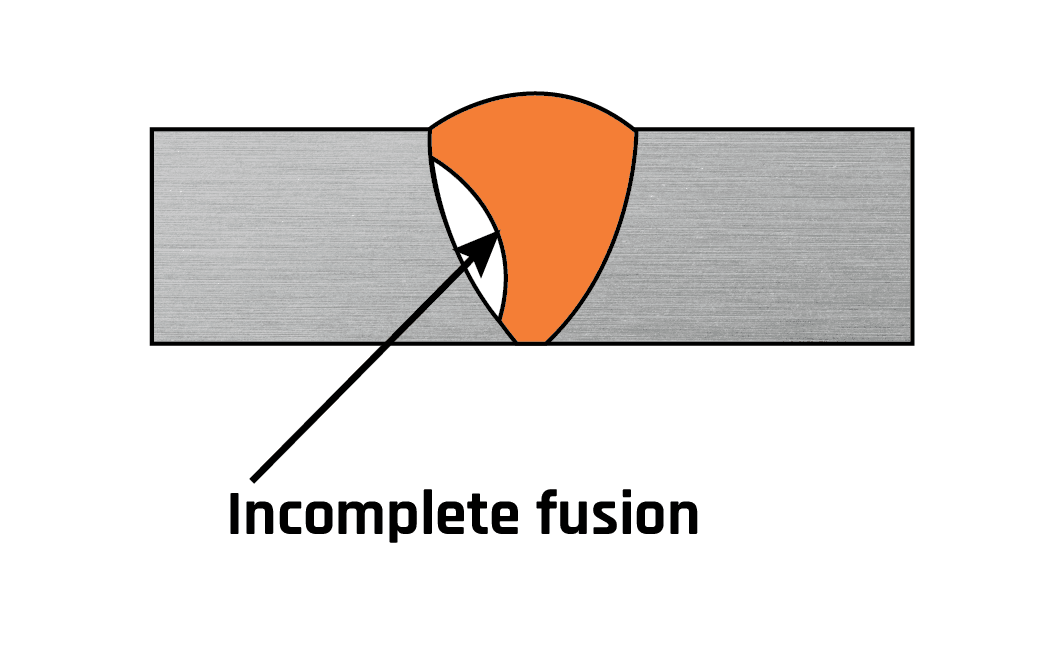Comprehending the Causes and Solutions for Undercut Welding in Metal Manufacture Processes
In the world of steel construction procedures, the event of undercut welding postures a substantial challenge that demands a thorough understanding of its reasons and sensible options. The detailed interplay of various aspects during welding procedures can cause this undesirable phenomenon, affecting the structural stability and overall top quality of the bonded joints - Preventing weld undercut. By dissecting the root triggers of undercut welding and exploring reliable restorative actions, makers can elevate the standard of their craftsmanship and ensure the production of remarkable metal parts
Typical Root Causes Of Undercut Welding
Frequently overlooked in steel fabrication, undercut welding happens as a result of numerous variables that require precise attention and competence to be successfully minimized. One typical root cause of undercut welding is excessive warmth input. When the warmth input is expensive, it can cause the melting and subsequent erosion of the base material along the sides of the weld joint, producing a groove or undercut. Furthermore, improper welding strategies, such as utilizing the wrong welding angle or travel speed, can additionally add to undercut development. Insufficient shielding gas protection is another crucial element that can result in damaging. Not enough gas protection fails to shield the weld swimming pool properly, bring about oxidation and undercut problems. The selection of welding parameters, such as voltage, present, and cord feed speed, plays a substantial role in the event of undercut welding. Recognizing these typical reasons is essential for carrying out safety nets and guaranteeing top notch welds in steel construction procedures.
Effect of Incorrect Welding Parameters
Imprecise welding parameters can considerably compromise the stability and top quality of bonded joints in steel manufacture procedures. The effect of incorrect welding parameters shows up in numerous means, leading to architectural weak points and flaws in the bonded elements. Careful interest to welding parameters is extremely important to guarantee the production of high-grade welds with the wanted mechanical properties and architectural stability.
Impact of Improper Torch Angle
Incorrect torch angle in welding operations can significantly impact the high quality and integrity of the last weld joints in steel construction procedures. Undercutting is an usual welding flaw where a groove forms along the weld toe, compromising the joint and jeopardizing its structural honesty.
A lantern angle that is also steep can bring about inadequate infiltration, insufficient combination, and enhanced spatter. On the various other hand, a torch angle that is also shallow can result in too much penetration, burn-through, and distortion of the base product. Preventing weld undercut. Correct lantern angle is vital for ensuring constant weld quality, strength, and look
To stop damaging and other issues brought on by inappropriate lantern angles, welders must be educated to preserve the appropriate lantern angle throughout the welding here process. Routine tracking and modification of lantern angles throughout welding can assist attain sound welds with minimal issues.
Function of Inadequate Welding Techniques

Another element of inadequate welding techniques is inappropriate weld preparation. Inadequate cleansing of the base metals, incorrect joint design, or insufficient side prep work can all add to damage welding. Inadequate shielding gas insurance coverage or utilizing the wrong kind of gas can result in insufficient fusion and the development of undercut defects.
To attend to the function of insufficient welding methods in metal fabrication procedures, it is essential to give comprehensive training for welders. Correct education and learning on welding criteria, joint prep work, and protecting gas option can help avoid undercut welding and ensure top our website notch welds in metal manufacture jobs.
Efficient Solutions for Undercut Welding
Attending to undercut welding in metal construction requires executing effective options to enhance weld quality and structural great post to read stability. One of the main solutions to battle undercut is to adjust welding specifications such as voltage, current, and travel speed to ensure correct warmth input and combination. By fine-tuning these setups, welders can avoid extreme melting of the base metal and filler product, lowering the likelihood of undercut development.
Furthermore, correct joint preparation is vital in protecting against undercut. Making certain tidy base steel surfaces devoid of contaminants and utilizing the appropriate bevel angle can assist advertise far better weld infiltration and decrease the threat of undercut - Preventing weld undercut. Employing suitable welding methods, such as weaving or oscillating the lantern, can also aid in dispersing warmth equally and loading the weld joint effectively, reducing the opportunity of undercut defects
Furthermore, choosing the proper welding consumables, consisting of electrodes and filler steels, is necessary in minimizing undercut. Utilizing products with proper chemical make-ups and mechanical buildings can add to accomplishing audio welds with minimal undercut. Routine inspection and top quality control procedures need to also be carried out to find and resolve undercut issues quickly, making sure the general integrity of fabricated steel elements.

Verdict
To conclude, comprehending the reasons and options for undercut welding in steel fabrication procedures is vital for attaining high-grade welds. By dealing with common reasons such as inaccurate welding criteria, improper lantern angle, and poor welding techniques, welders can prevent undercutting and ensure strong, long lasting welds. It is important to take note of these elements and implement reliable services to boost the overall welding procedure and end product quality.
